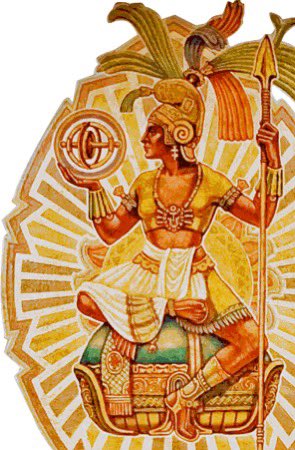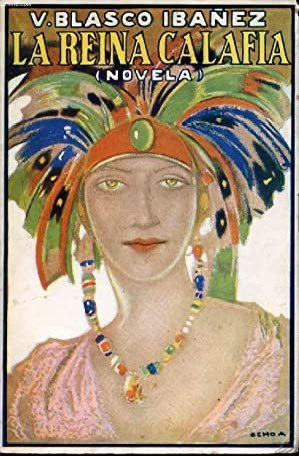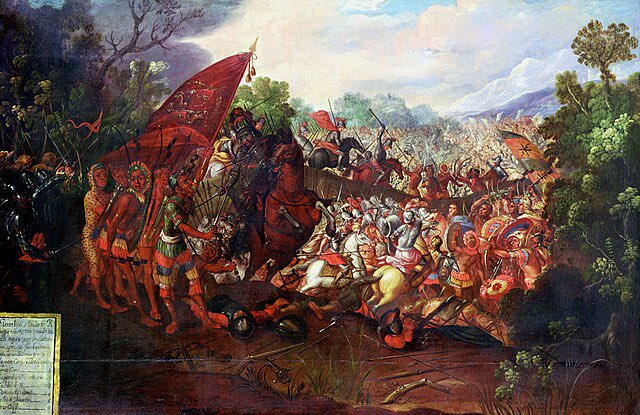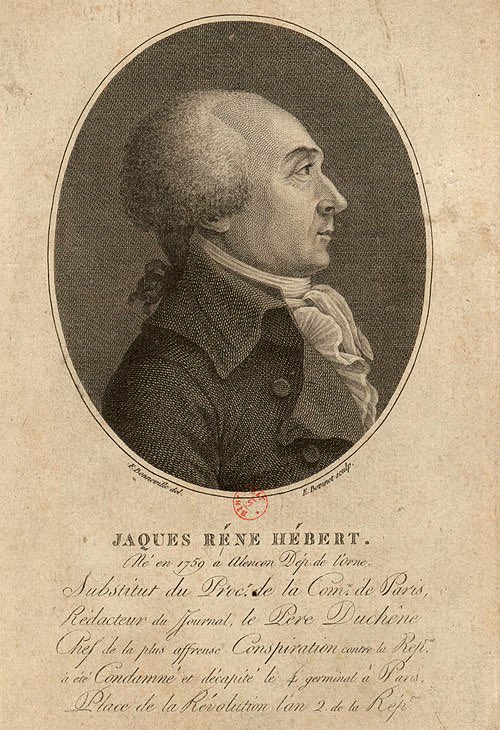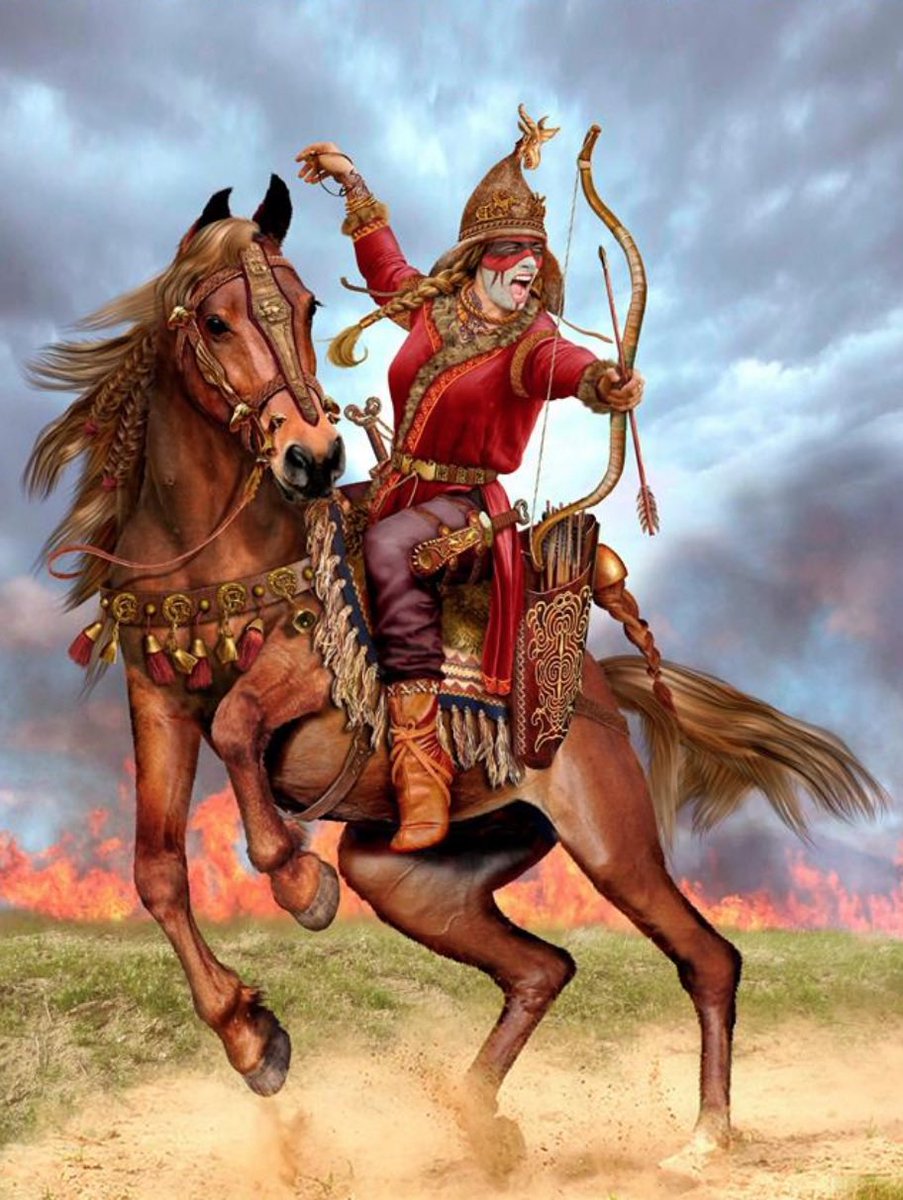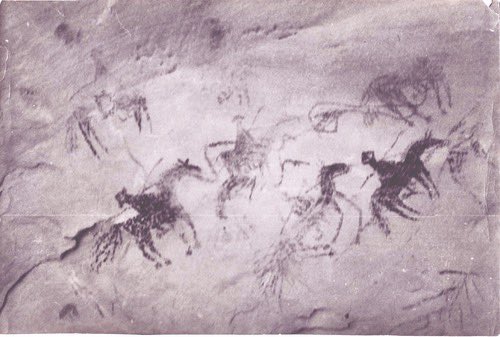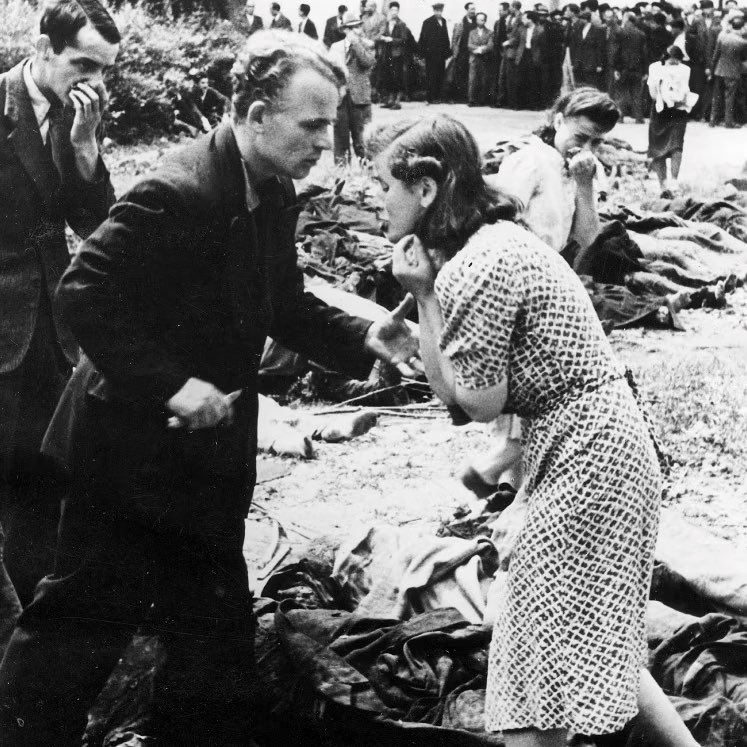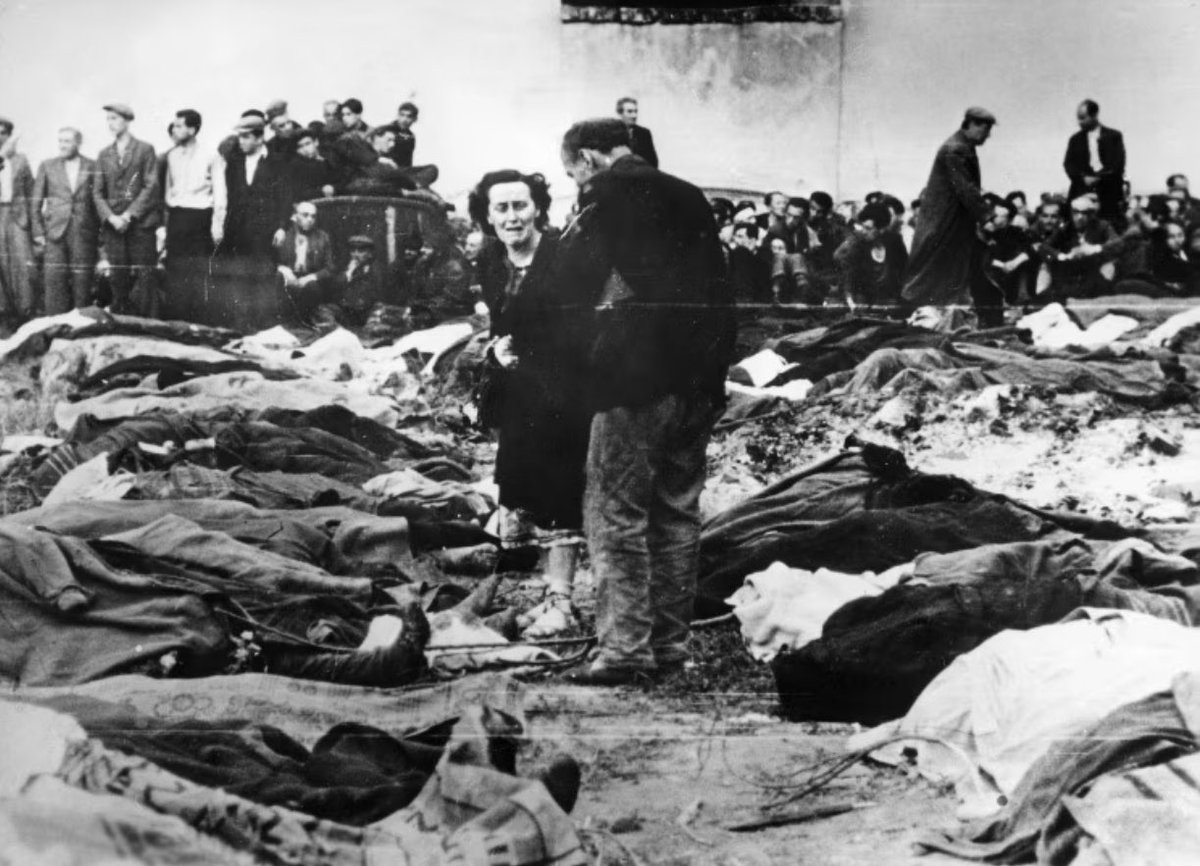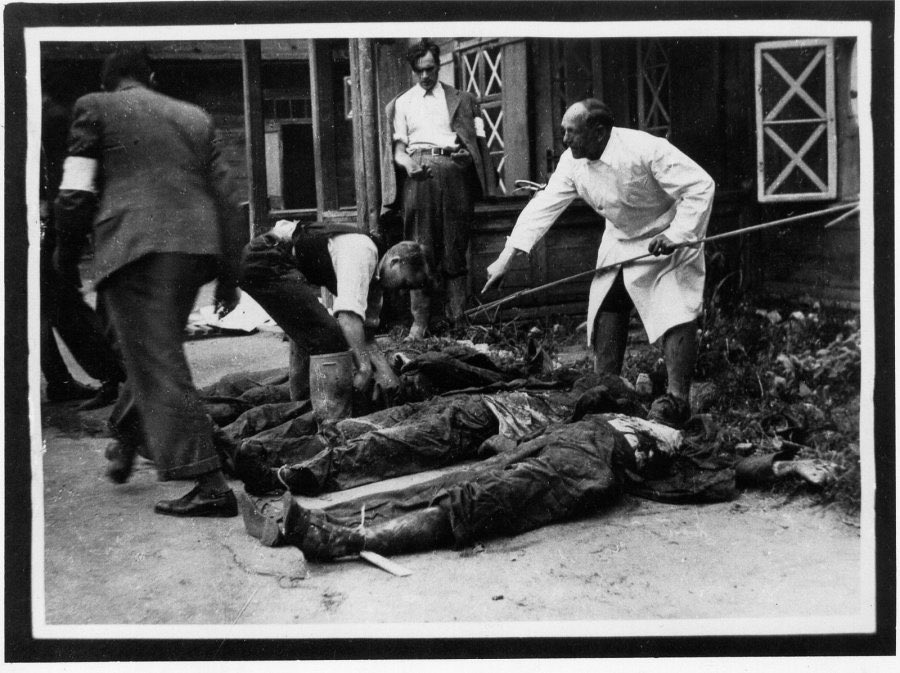Right after the January 27, 1945 ‘liberation’, Soviet cameramen arrived at Auschwitz and staged footage for a propaganda documentary.
The propaganda was shot over several months, and included faked prisoners at the "Arbeit Macht Frei" gate, and fake survivor arrangements.
The propaganda was shot over several months, and included faked prisoners at the "Arbeit Macht Frei" gate, and fake survivor arrangements.

On January 27, 1945, in Auschwitz, the weather was extremely cold, with snow on the ground, and the earth was too hard to dig due to frost.
Anne Frank's stepsister, who spent eight months at Auschwitz, shared in a 2020 Good Morning Britain interview that photos of the Soviet liberation are fake, putting special emphasis on the fact that there is no snow in the images.
Eva Schloss also pointed out that soldiers hadn't brought cameras.
Anne Frank's stepsister, who spent eight months at Auschwitz, shared in a 2020 Good Morning Britain interview that photos of the Soviet liberation are fake, putting special emphasis on the fact that there is no snow in the images.
Eva Schloss also pointed out that soldiers hadn't brought cameras.

In Eva’s own words:
'Another thing I wanted to point out, there are many pictures about the Russians liberating Auschwitz, and there's never any snow.
The snow was honestly that high. I was at the Russian embassy once, and I said, "Something puzzles me, those photos are fake.”
They said, "Well, yes, they are not fakes", but when the army came they didn't have cameras, they didn't take photographs.’
'Another thing I wanted to point out, there are many pictures about the Russians liberating Auschwitz, and there's never any snow.
The snow was honestly that high. I was at the Russian embassy once, and I said, "Something puzzles me, those photos are fake.”
They said, "Well, yes, they are not fakes", but when the army came they didn't have cameras, they didn't take photographs.’

• • •
Missing some Tweet in this thread? You can try to
force a refresh



